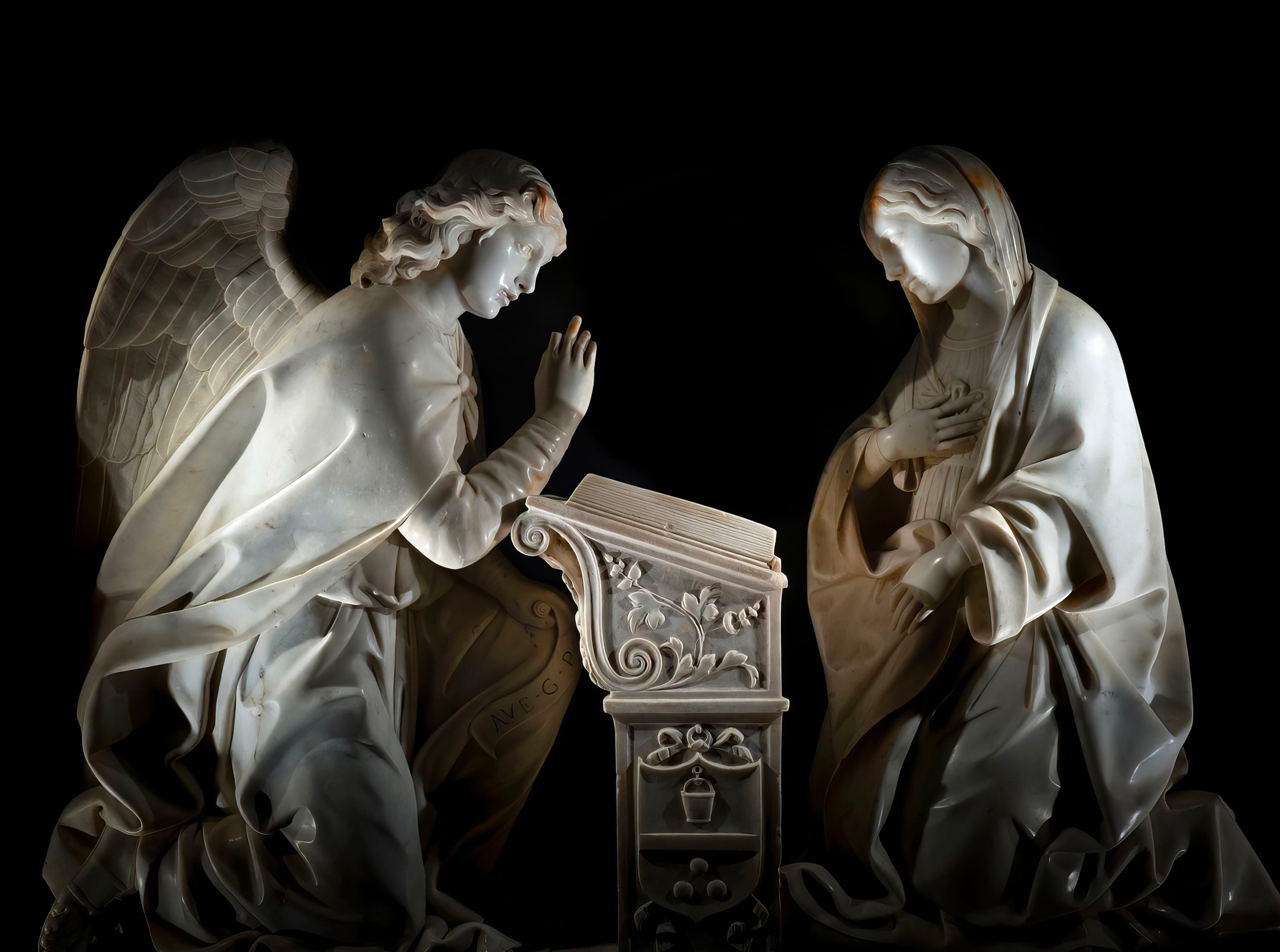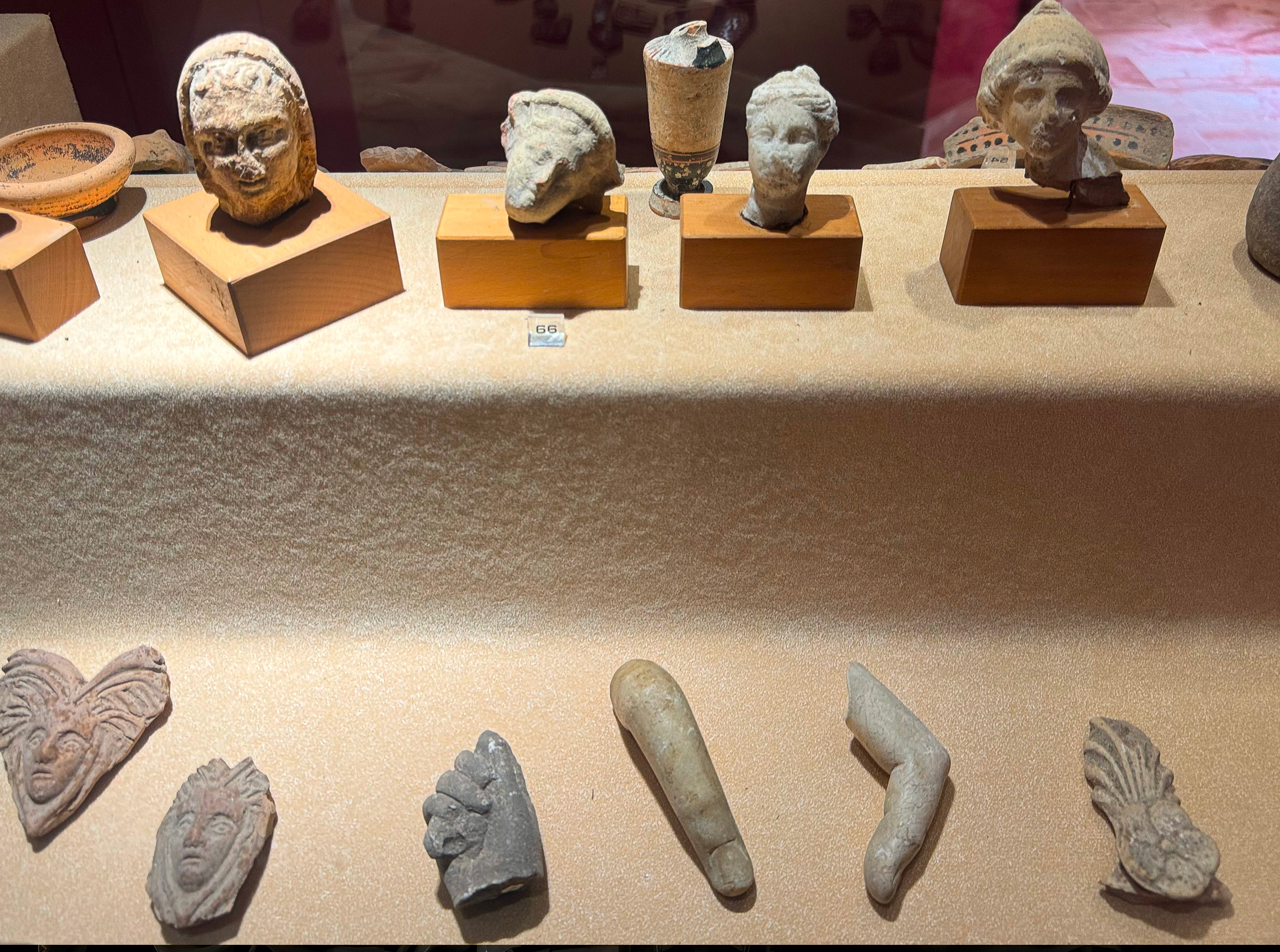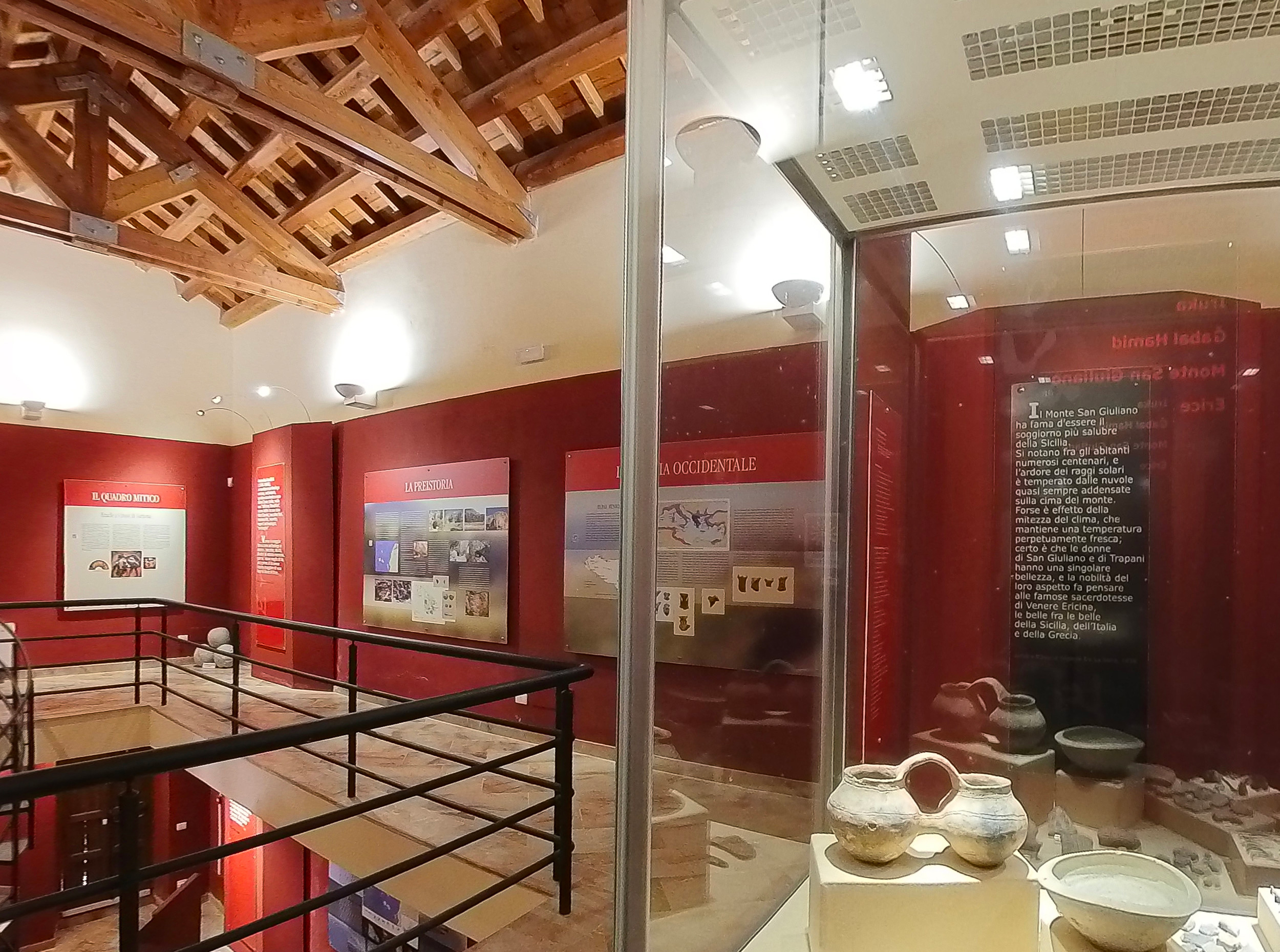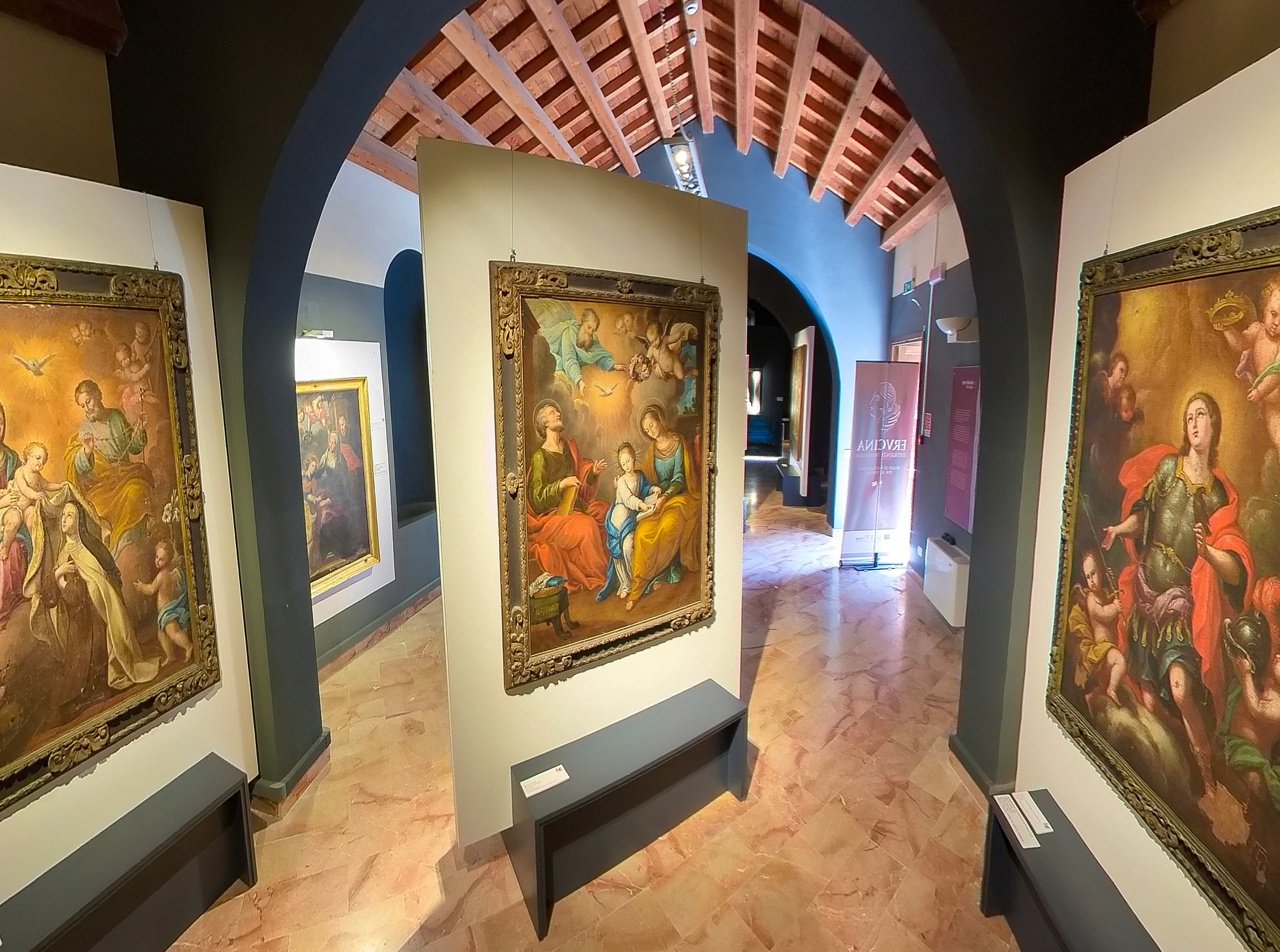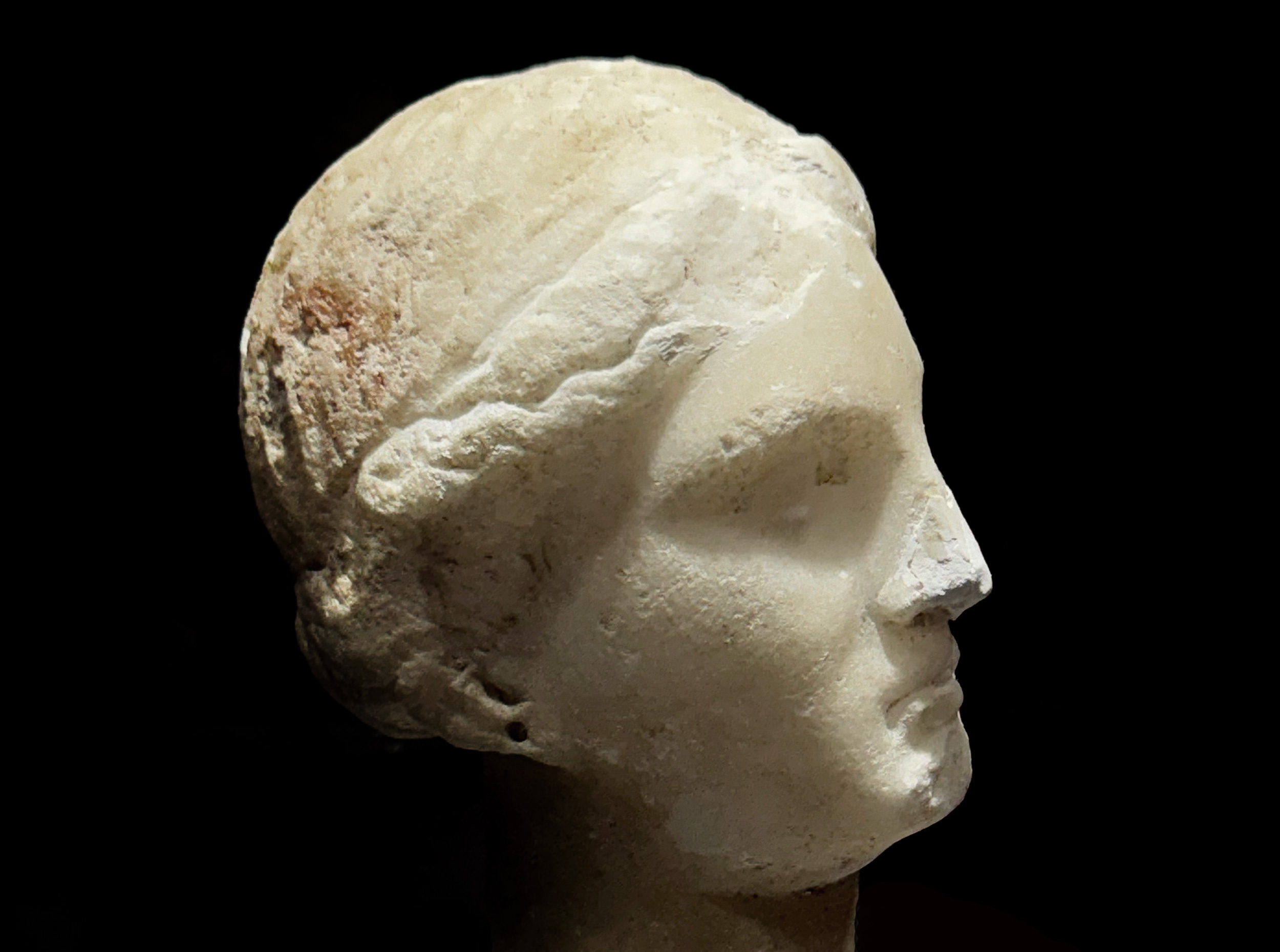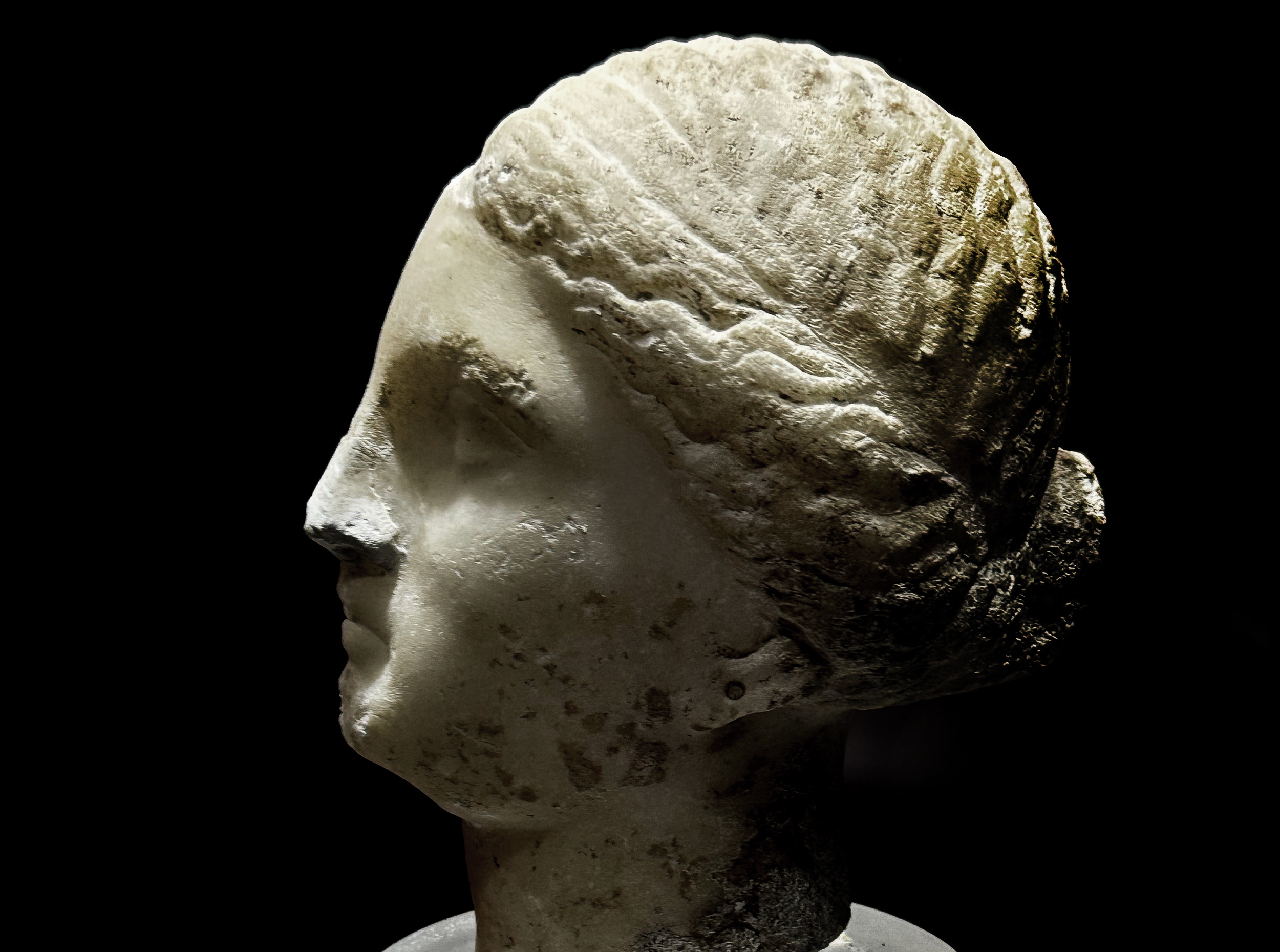Museum A. Cordici
The Antonino Cordici Museum in Erice contains evidence of the history of the city and its people through the centuries. Its heritage, consisting of archaeological finds, sculptures, works of art, and ethno-anthropological assets, allows us to traverse centuries of history and understand this indissoluble bond between the people and the country. The history of the Museum has its origins in private collecting.
The museum heritage is conspicuous for the rarity and preciousness of the artefacts.
In the archaeological section, the richest, stands a female marble goddess head identified and disseminated as the head of Venus, goddess of beauty and fertility, whose cult attracted many people from different parts of the world in antiquity.
Among the most important works is Antonello Gagini's Annunciation (dated 1525). It comes from the Church of the Carmine where there is a majolica copy. The work was commissioned by the Erice nobleman Giacomo Pilati for the altar of the church belonging to his family. There is an interesting collection of weapons from Garibaldi's time consisting of a sabre, a rifle and three muskets donated by the Coppola family. There is also a prestigious collection of paintings consisting of about a hundred pictures by Alberto Augugliaro, a painter from Erice who was a pupil of Mirabella and Cortegiani, a slate painting of the Madonna of Custonaci donated by knight Vincenzo Curatolo and a canvas work called Noli me tangere. Christ and Magdalene are portrayed. The kneeling Magdalene looks on ecstatically, demonstrating the great love that drove her to the Sepulchre with the jar of aromas. The original is preserved in Bologna in the church of Santa Maria dei Servi. Another painting worthy of admiration is Andrea Carreca's Martha and Magdalene from the Monastery of the Santissimo Salvatore. Martha holds the crucifix in her hand. Magdalene dressed in red is the symbol of sin. Hidden in a corner to the left of Martha is the devil.


